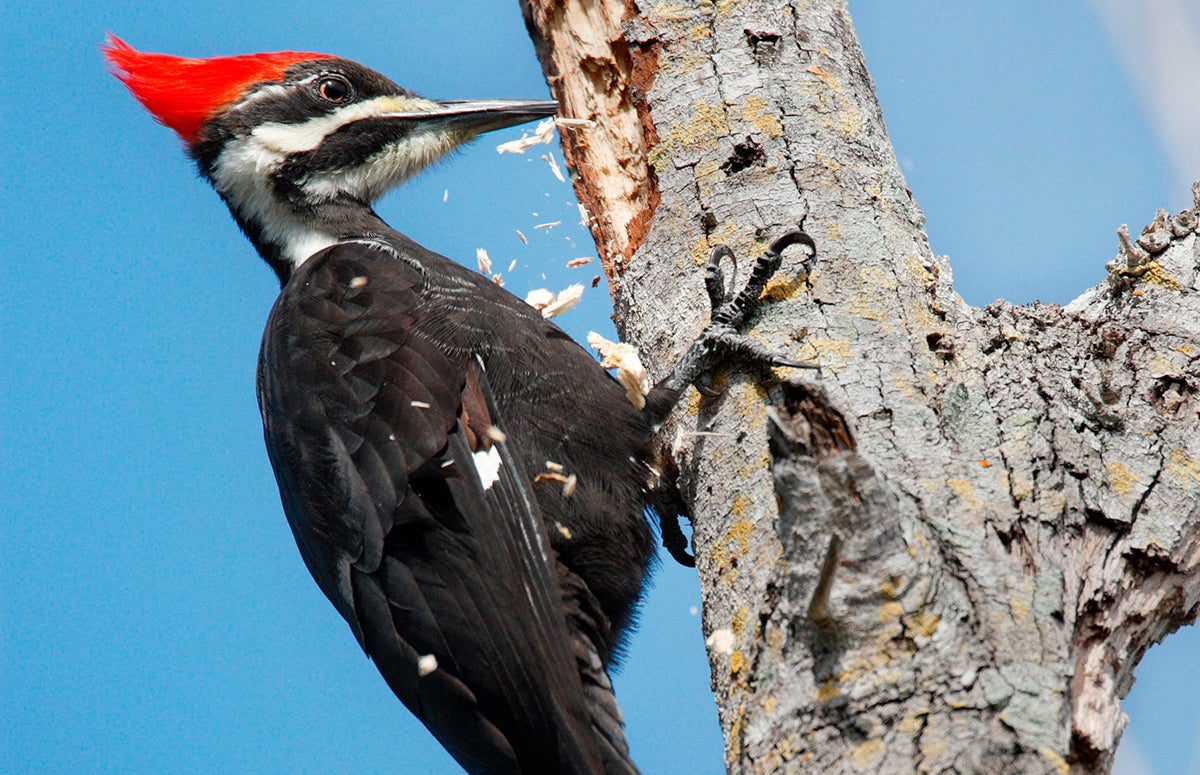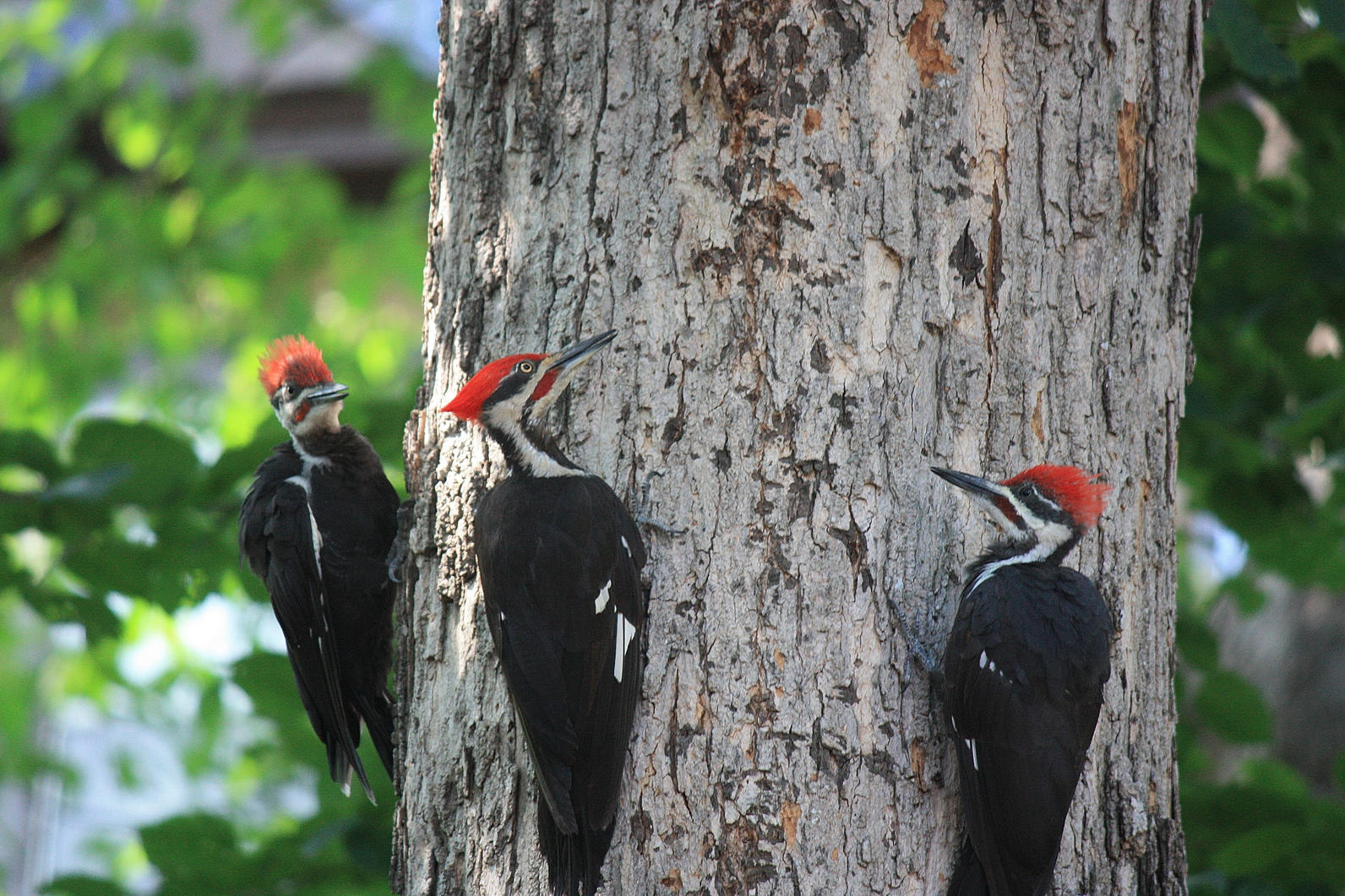Exploring Woodpeckers in Florida Habitats: Where to Spot These Birds
Exploring Woodpeckers in Florida Habitats: Where to Spot These Birds
Blog Article
Revealing the Keys of Woodpeckers: Behavior, Environment, and A Lot More
Woodpeckers, with their special behaviors and specialized adaptations, have actually long attracted scientists and nature fanatics alike. These remarkable birds have a series of interesting keys that shed light on their survival strategies, habitat choices, and complex interaction techniques. By revealing the enigmas bordering woodpeckers' actions and environment options, a much deeper understanding of these bird marvels arises, providing a peek into their fascinating world. So, what makes these birds truly exceptional, and exactly how do they browse their environment with such precision and ability? Allow's discover the exciting world of woodpeckers and untangle the enigmatic information that make them such appealing topics of research.
Woodpecker Habits Insights
In taking a look at woodpecker behavior, a fascinating display screen of specialized abilities and adjustments emerges, dropping light on their amazing ecological niche - Woodpeckers in Florida. Woodpeckers, understood for their unique drumming on trees, possess a selection of behavioral qualities that add to their survival and success in their atmosphere. One vital habits is their drumming, which serves numerous functions such as interaction, developing region, bring in friends, and locating food sources. This balanced pecking additionally showcases their remarkable toughness and endurance, as they can hammer away continuously at high rates without creating damage to themselves.
In addition, woodpeckers show a special feeding habits identified by their capability to essence pests from tree bark using their specialized beaks. Their long, barbed tongues help in catching target, while their strong neck muscle mass provide stability and precision during pecking activities. This feeding approach allows woodpeckers to accessibility hidden insect larvae and remove them with exceptional effectiveness.
Habitat Preferences and Option
What aspects affect the habitat preferences and choice of woodpeckers? One critical factor affecting woodpecker environment option is the accessibility of appropriate nesting sites. Woodpeckers normally like forests with a mix of fully grown trees that give enough opportunities for tooth cavity excavation.
In addition, woodpeckers reveal a choice for habitats with a plentiful supply of food resources. They are mainly insectivorous, feeding upon beetles, ants, larvae, and various other pests located in rotting timber or tree bark. For that reason, woodpeckers tend to favor wooded locations with a varied insect population to meet their nutritional demands.
Moreover, the existence of dead or worn out trees is another essential factor in woodpecker environment selection. These trees not only provide food sources yet additionally use ideal substratum for cavity excavation. Dead trees are vital for the upkeep of healthy woodpecker populaces, as they play a vital role in the woodpeckers' life process and environment dynamics.
Feeding Routines and Diet Plan Composition
Woodpeckers show a specialized feeding habits concentrated on foraging for bugs within different habitats. Their diet plan mostly includes insects such as beetles, ants, caterpillars, and spiders, which they find by tapping on tree bark and listening for the noise of motion inside. Woodpeckers use their strong beaks to pierce into the timber and their long, barbed tongues to draw out target from gaps. pop over here In enhancement to insects, woodpeckers additionally take in tree sap, fruits, nuts, and seeds, including range to their diet regimen depending on the period and schedule of food sources.
The foraging strategies of woodpeckers are well-adapted to their arboreal way of living. Woodpeckers play an important function in keeping the health of woodlands by managing insect populaces and aiding in the disintegration of wood.
Drumming Seems and Interaction
Making use of quick drumming noises on different surface areas, woodpeckers employ an unique kind of communication to signal region limits and bring in mates. This drumming behavior is not just a way of interaction yet also acts as a way for woodpeckers to develop their existence within a specific area. The intensity, speed, and pattern of the drumming can communicate essential info to various other woodpeckers around.
Woodpeckers utilize drumming audios to introduce their existence in a region and to alert off potential trespassers. The loud and repetitive nature of the drumming works as a clear signal to various other woodpeckers that the area is already declared. This assists in lowering conflicts and lessening physical fights in between individuals.

Survival Adaptations and Specialized Anatomy

Conclusion
In verdict, woodpeckers show unique habits, such as drumming audios for interaction, and have specialized makeup for survival in their chosen habitats. Their feeding routines and diet plan structure additionally demonstrate their versatility to various settings. By comprehending these elements of woodpeckers, scientists and conservationists can better protect and maintain view it these interesting birds and their environments.
Report this page